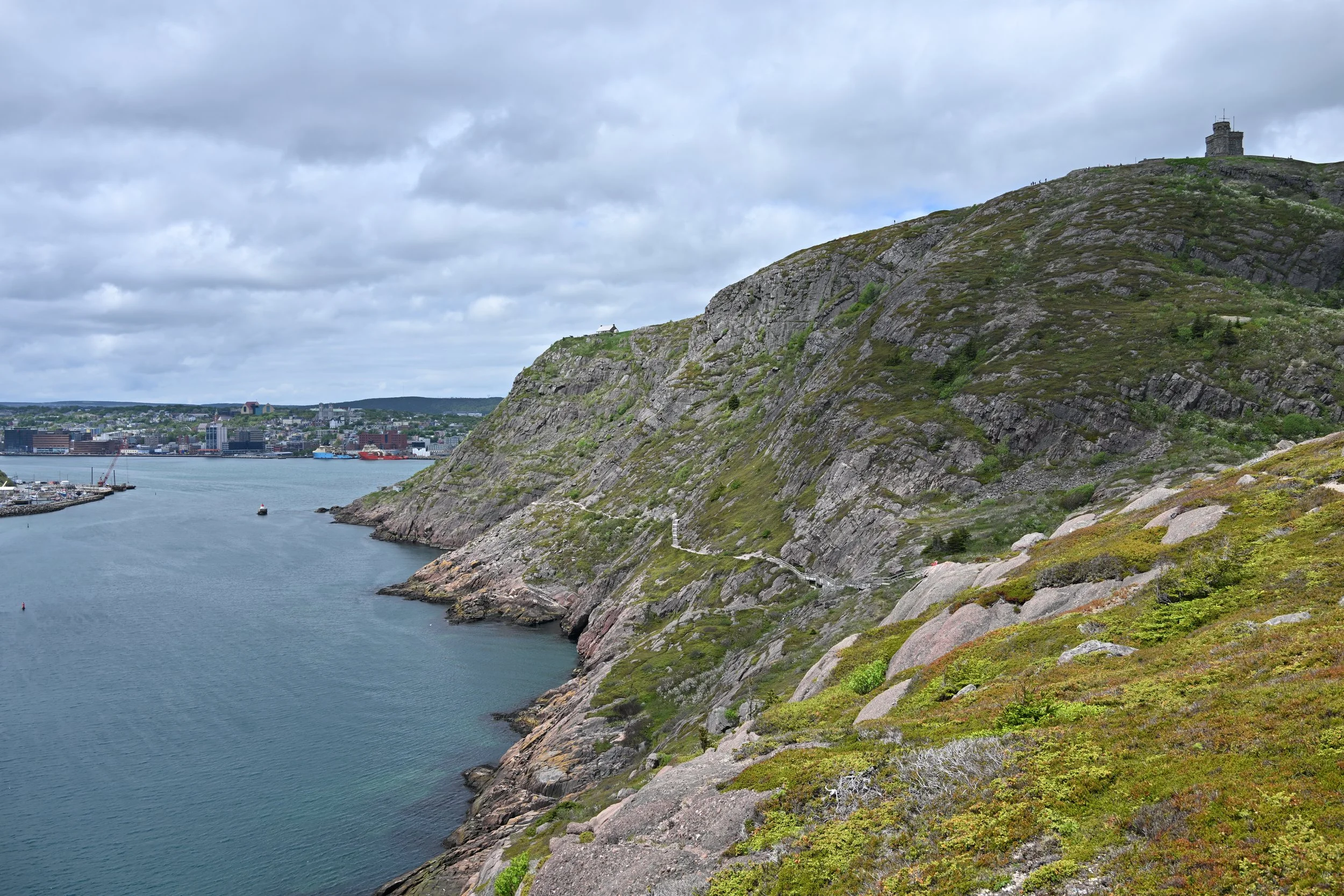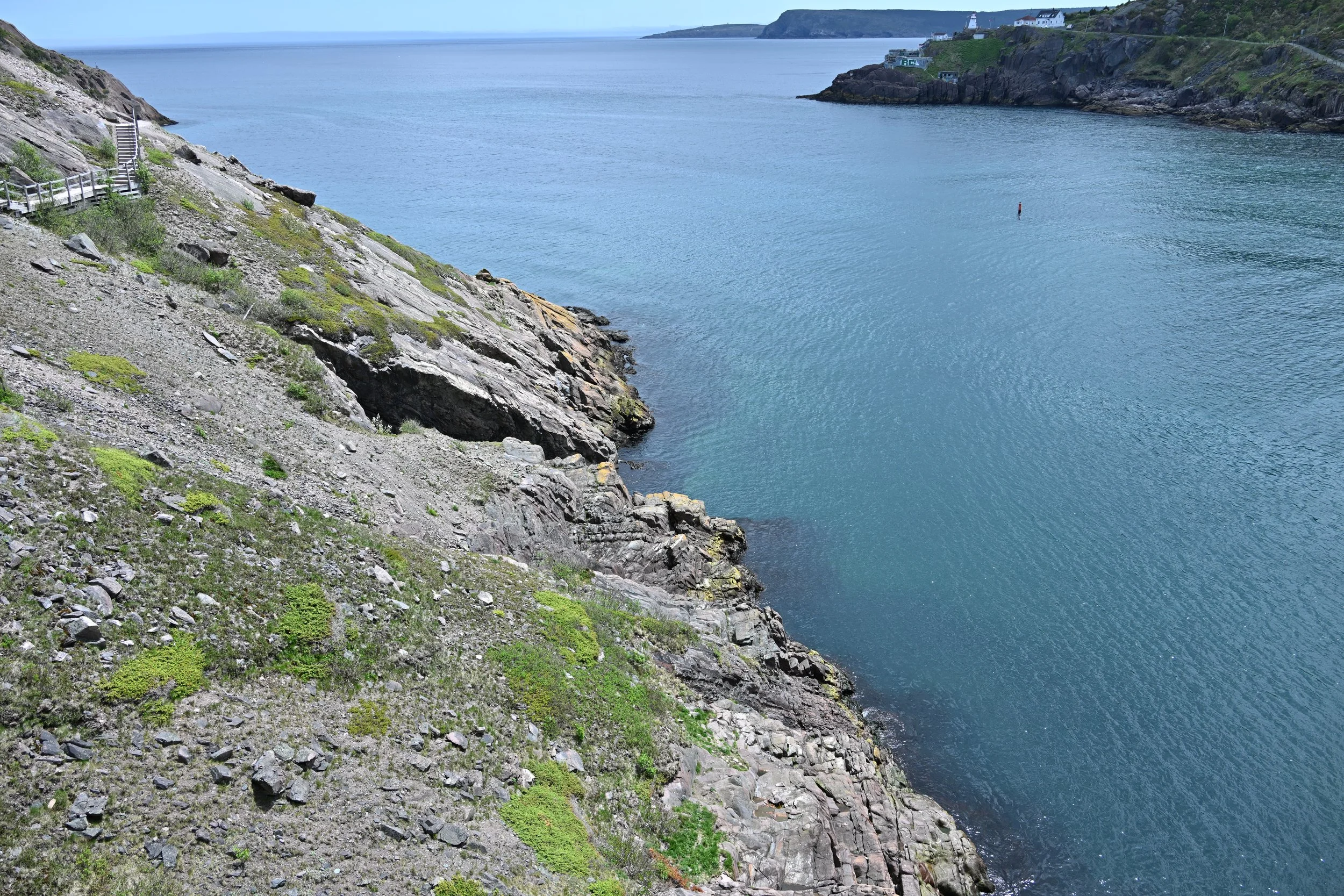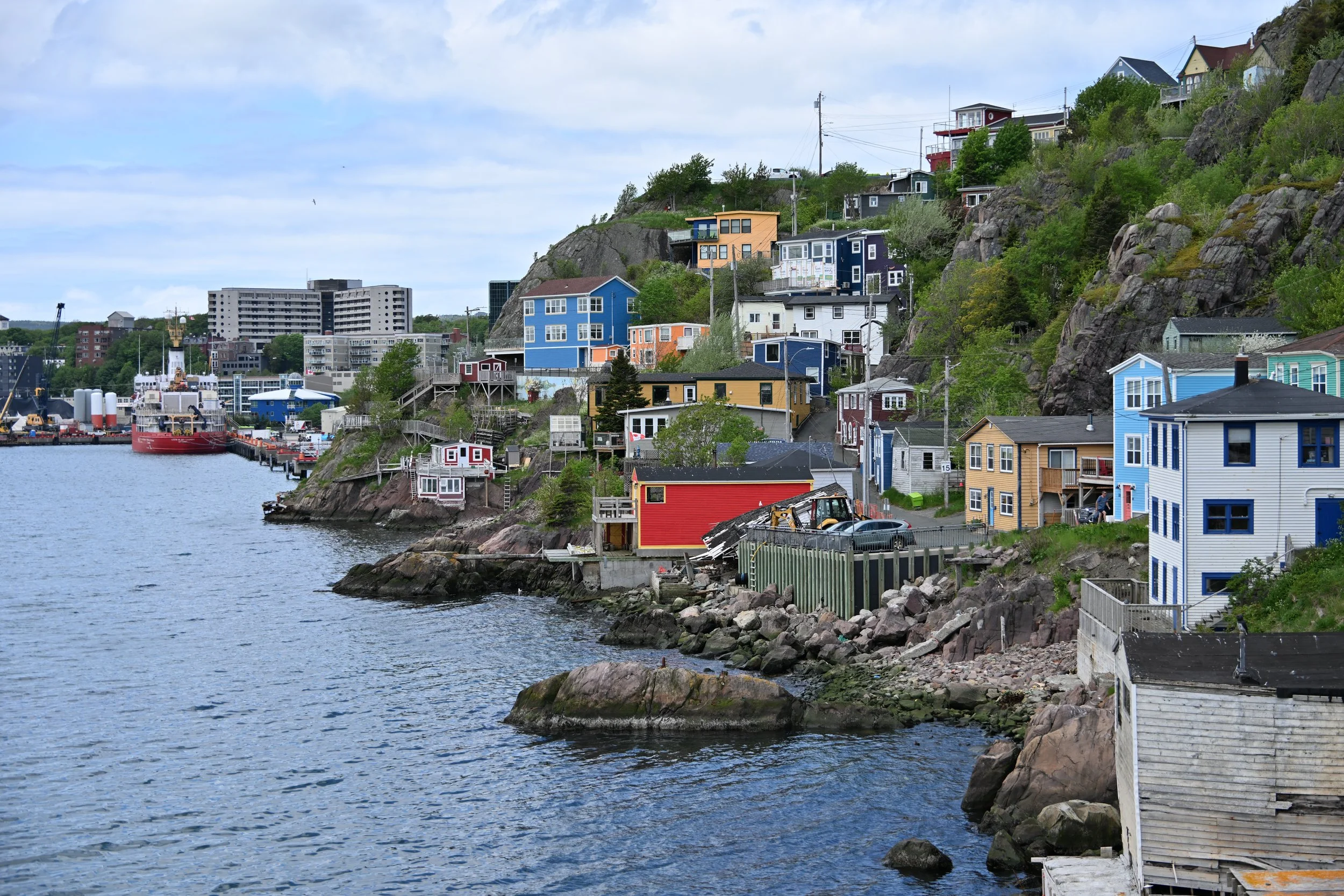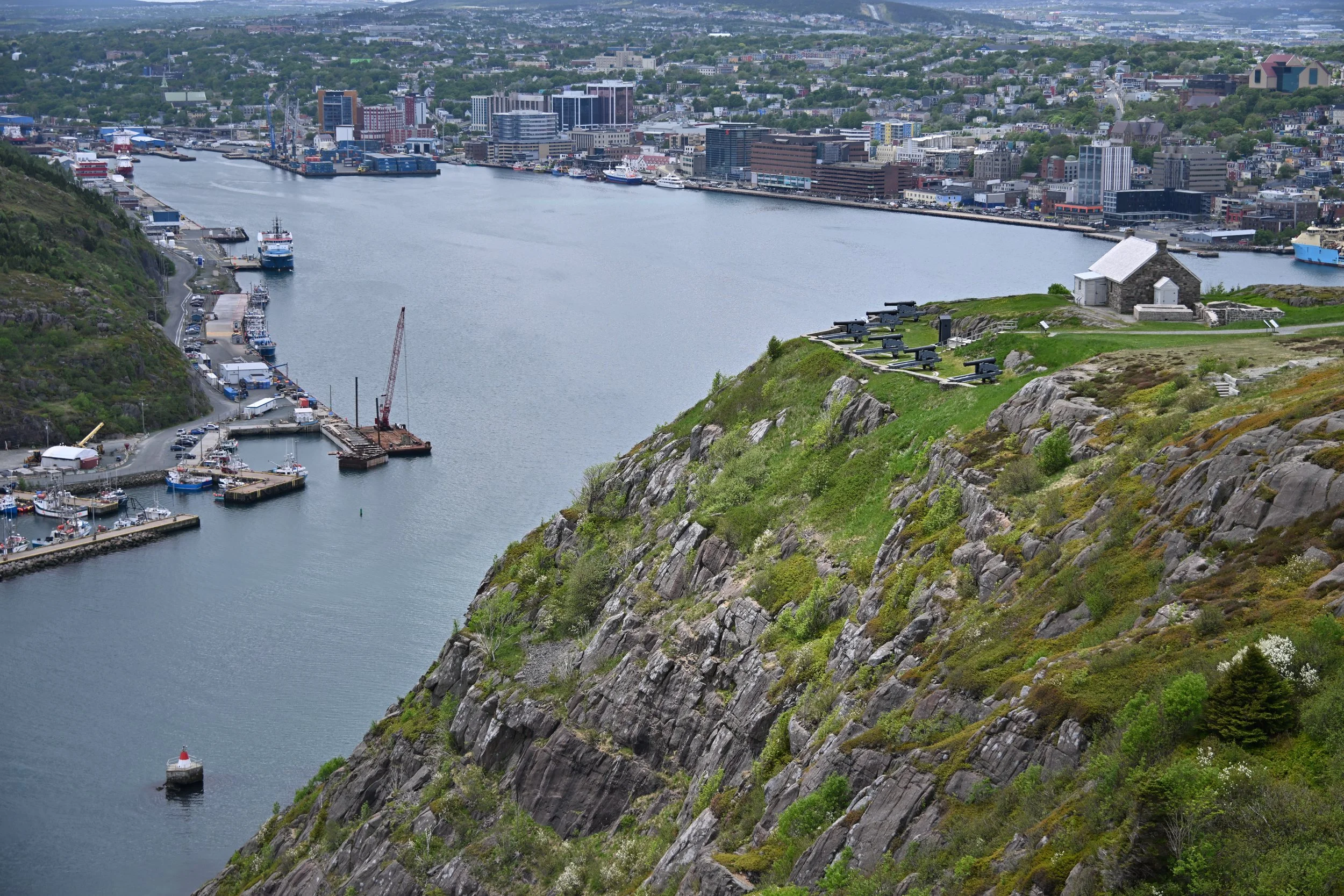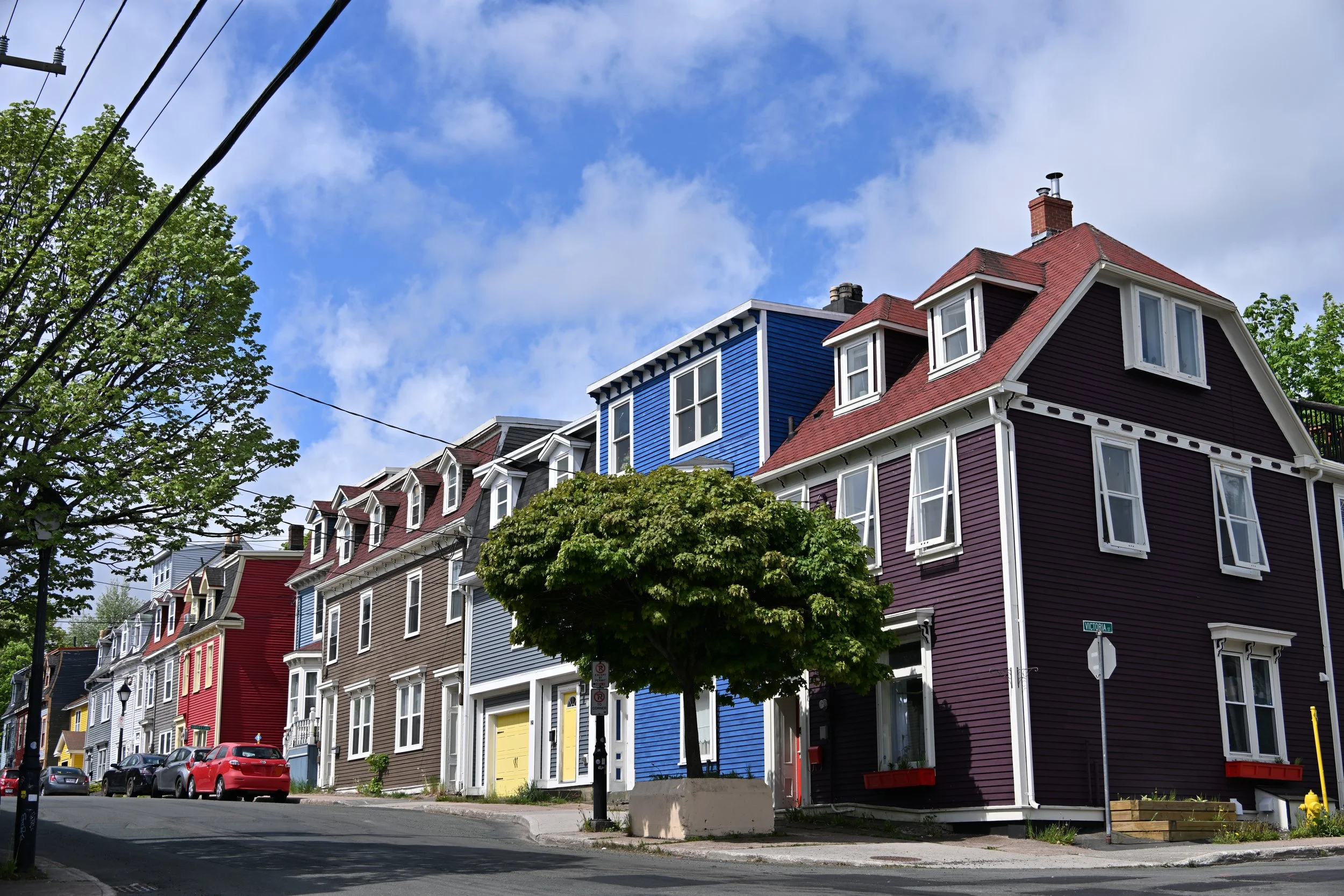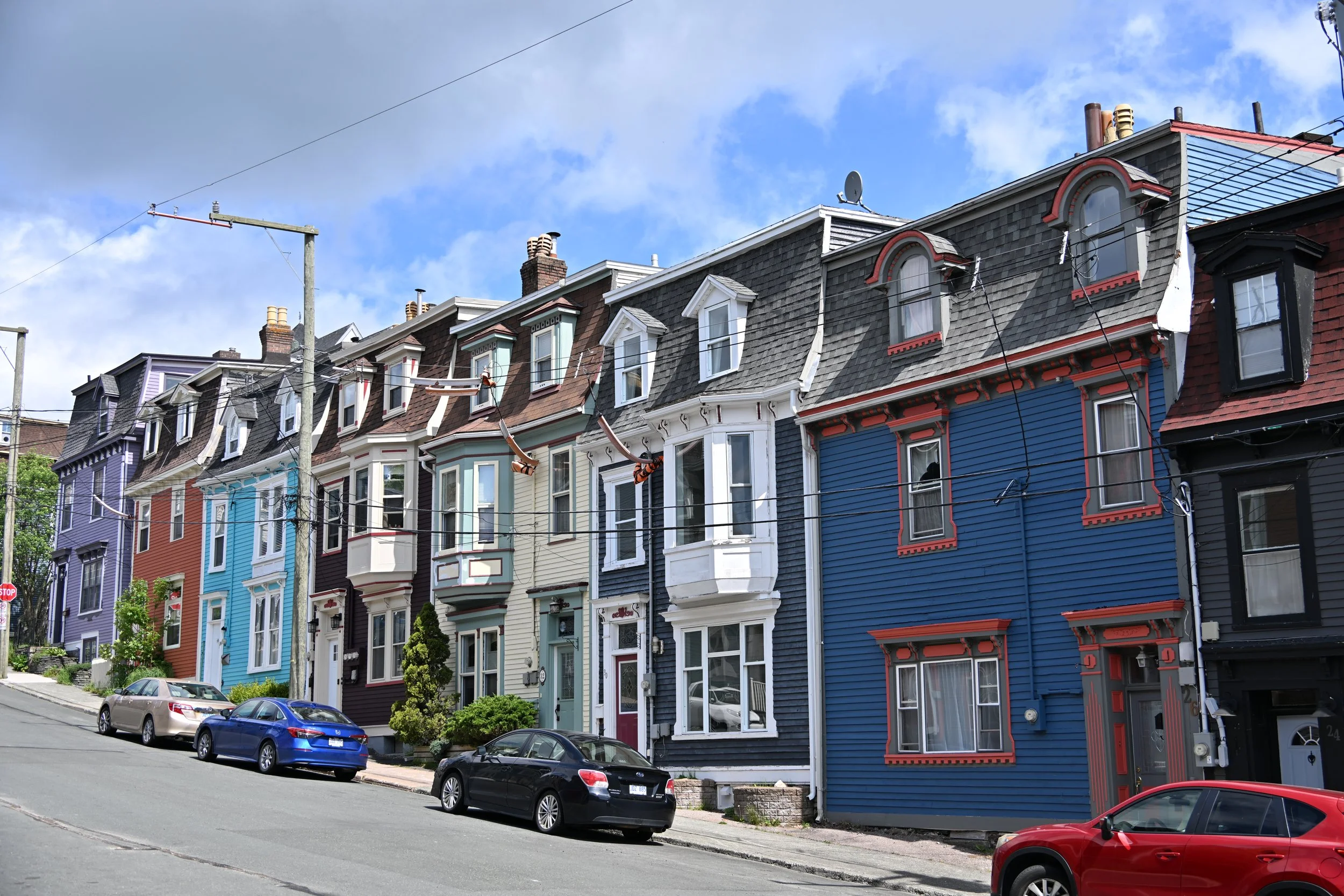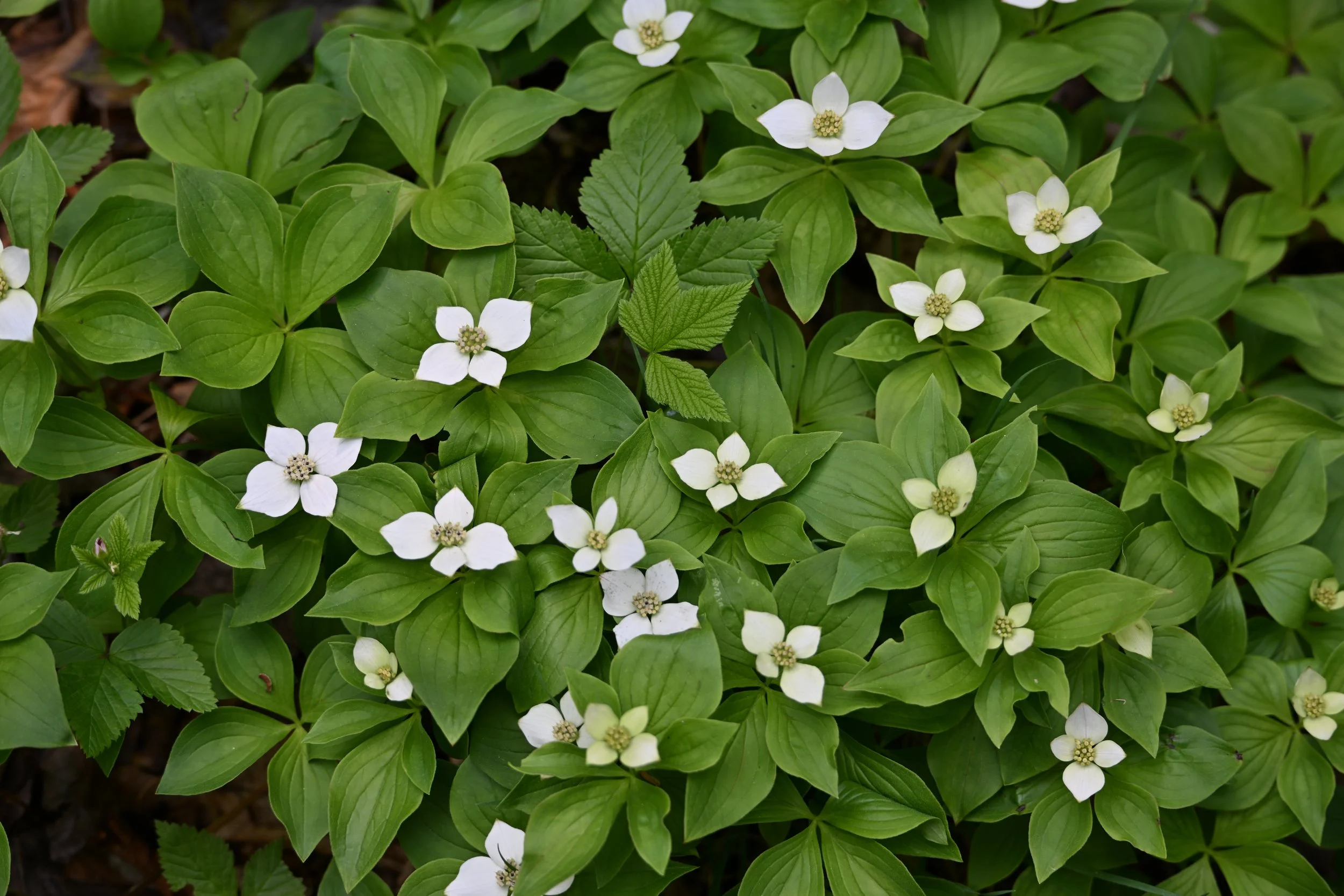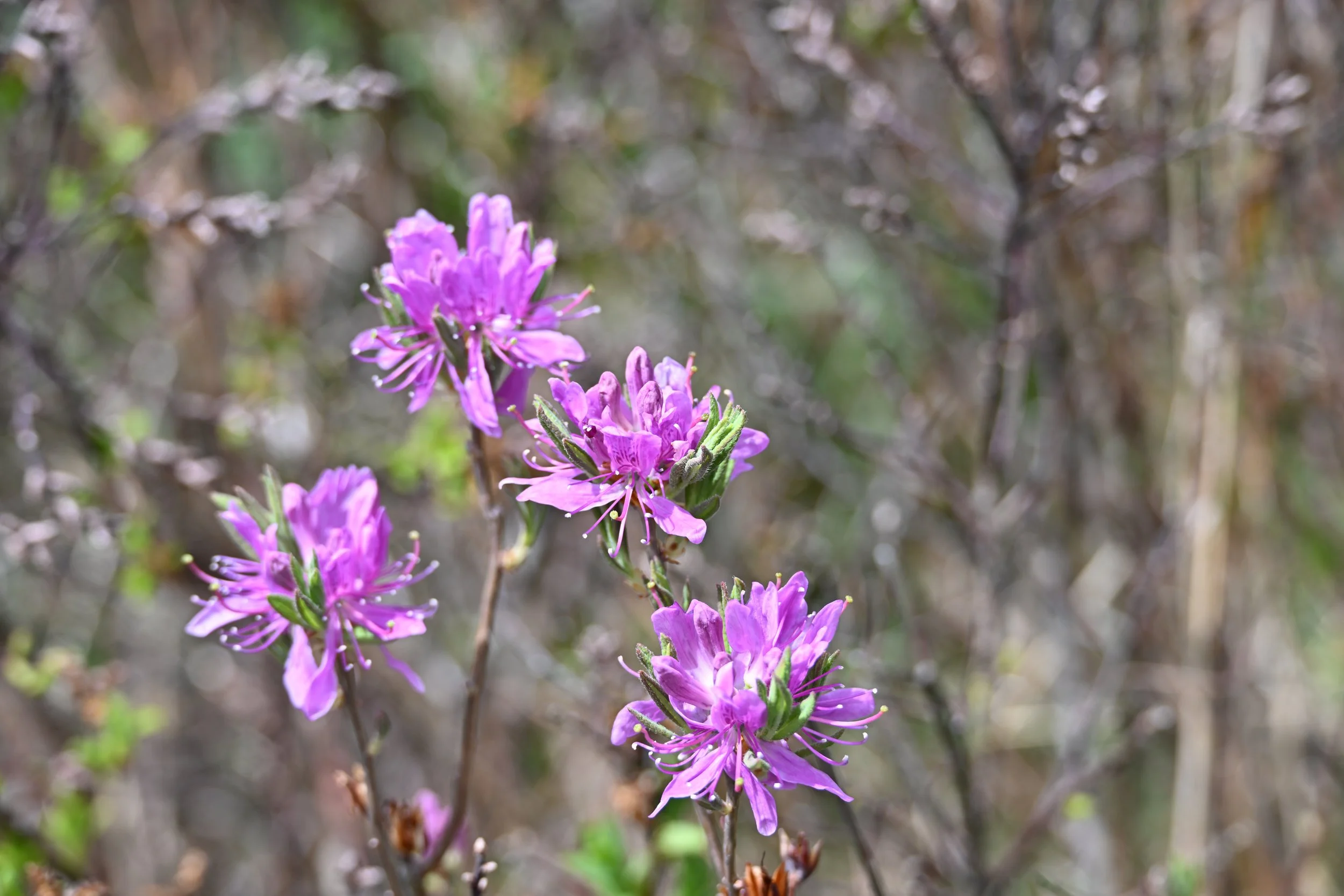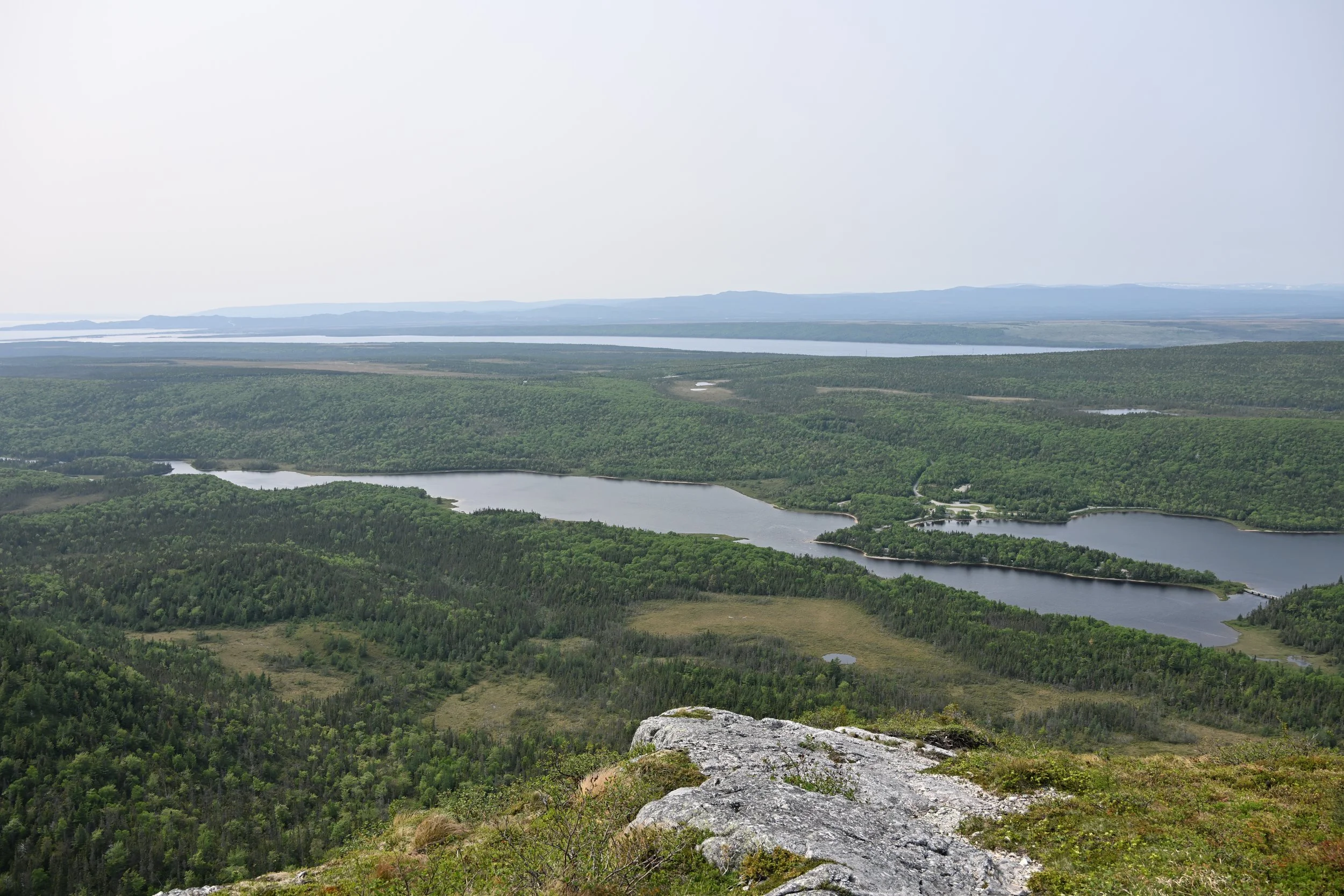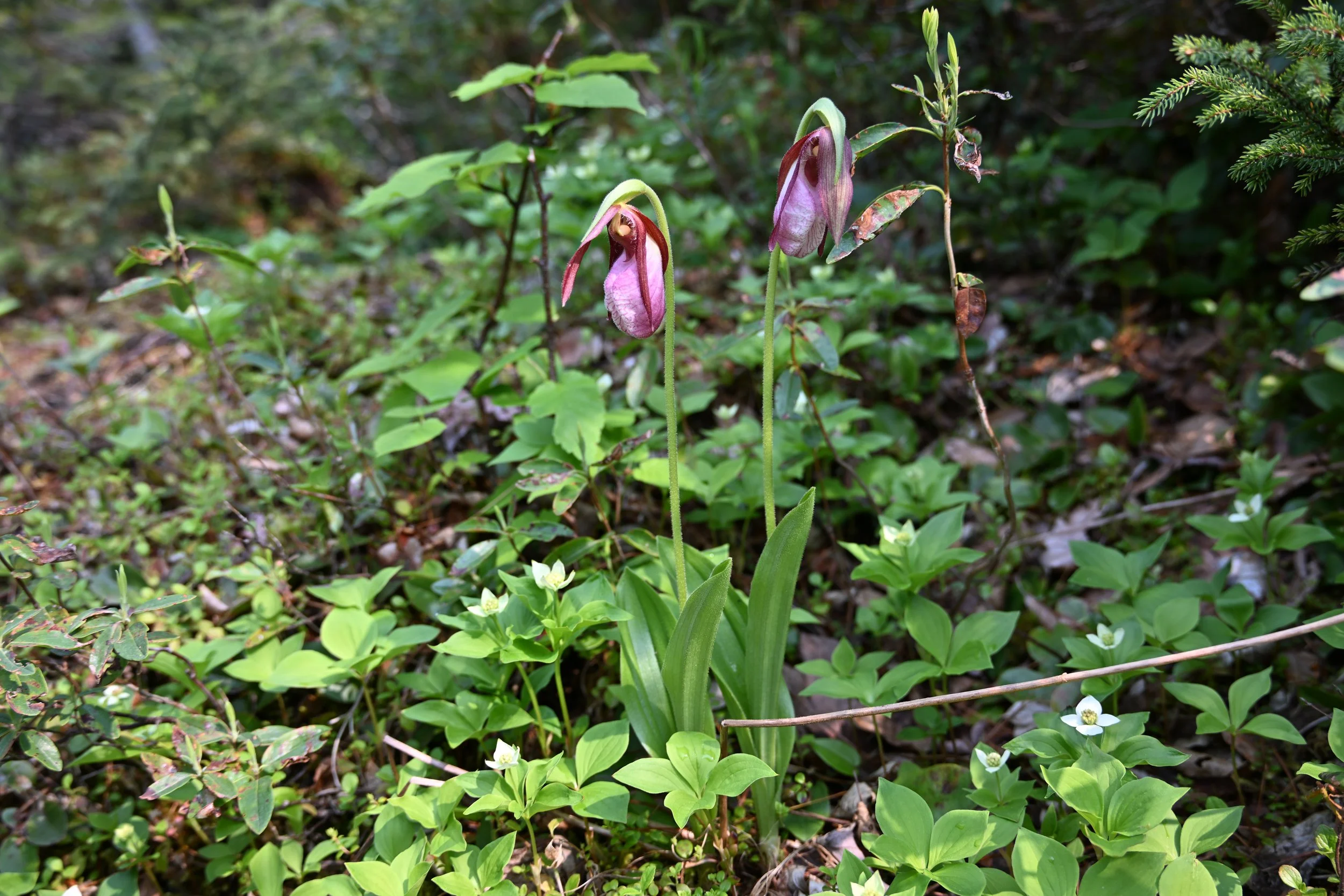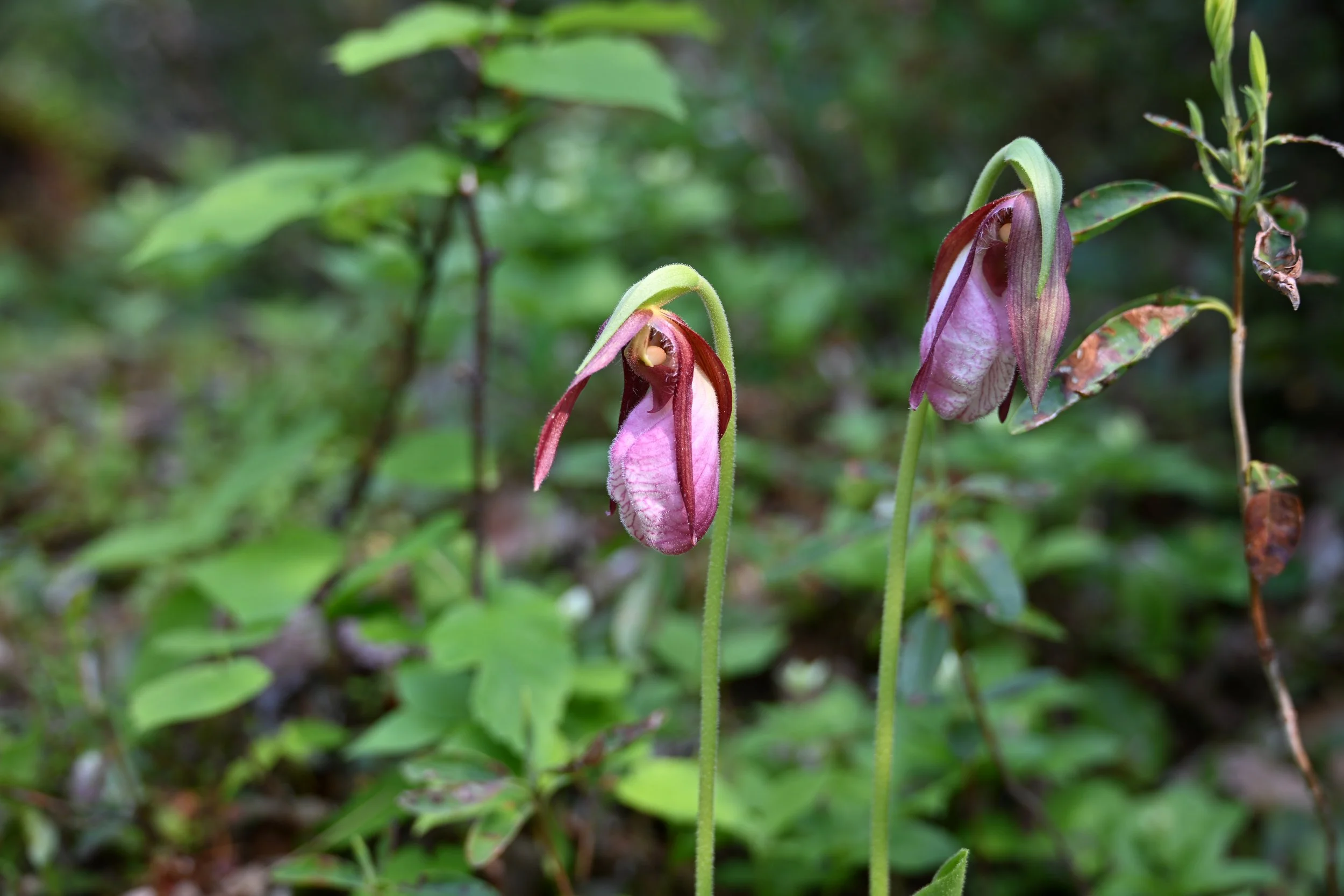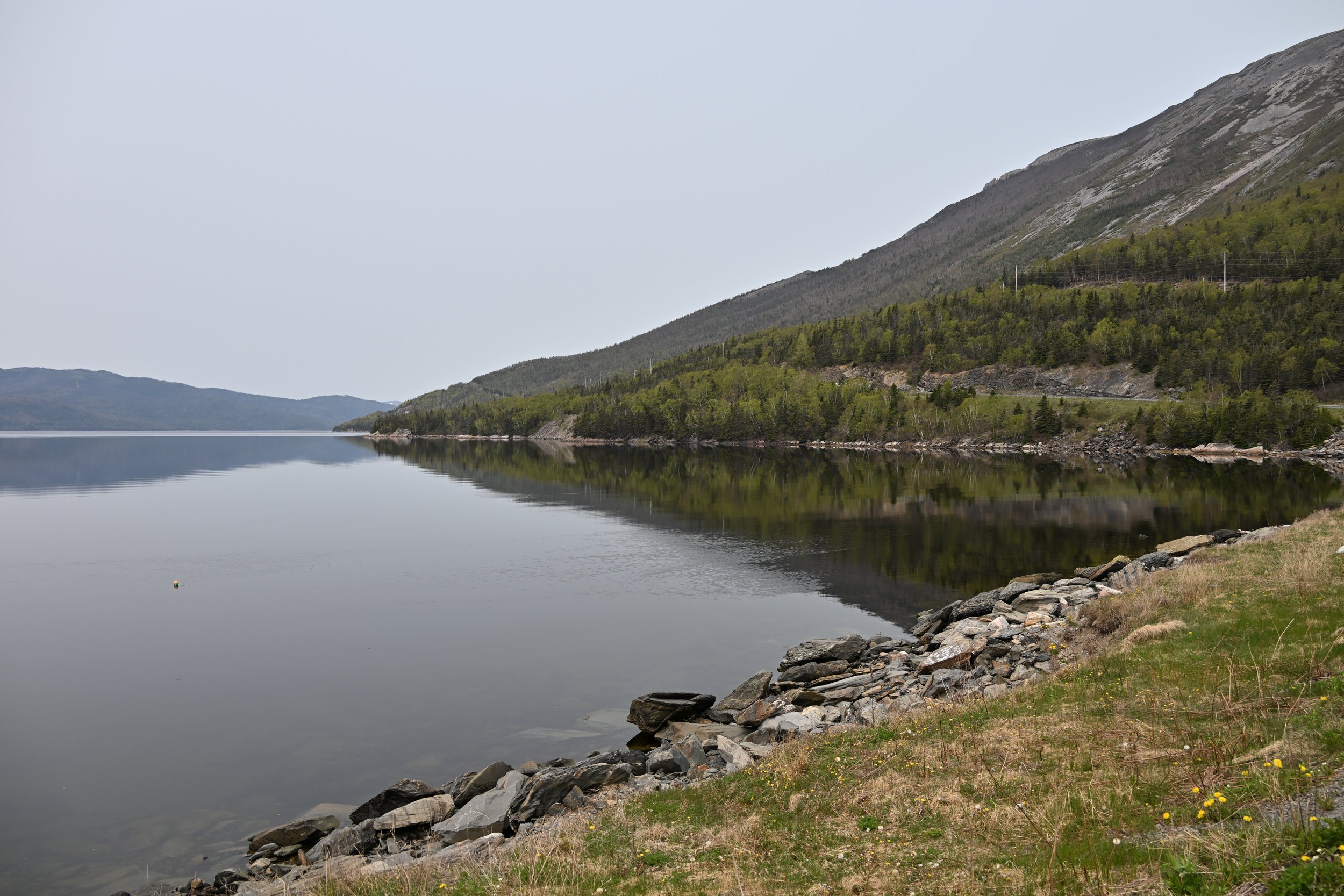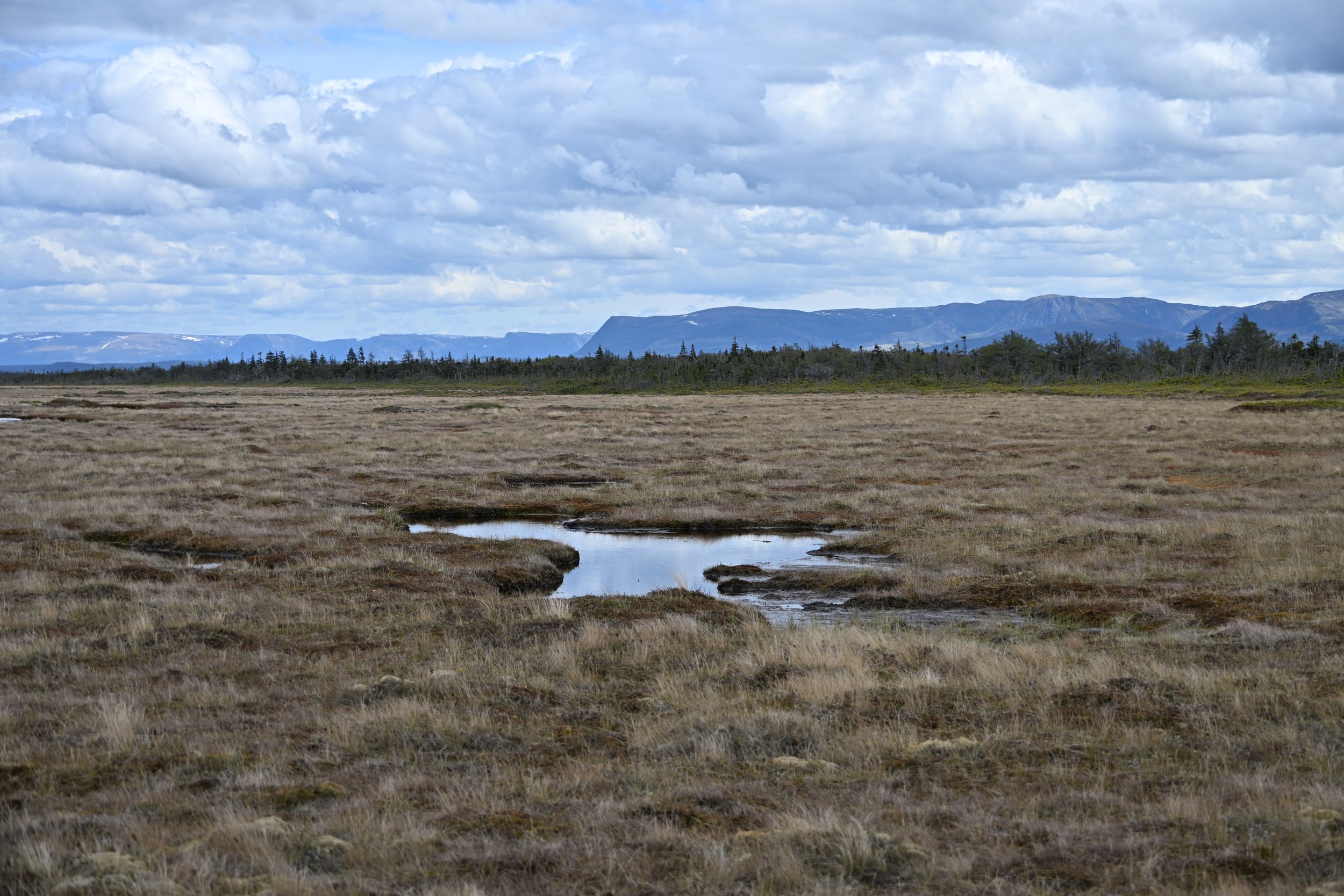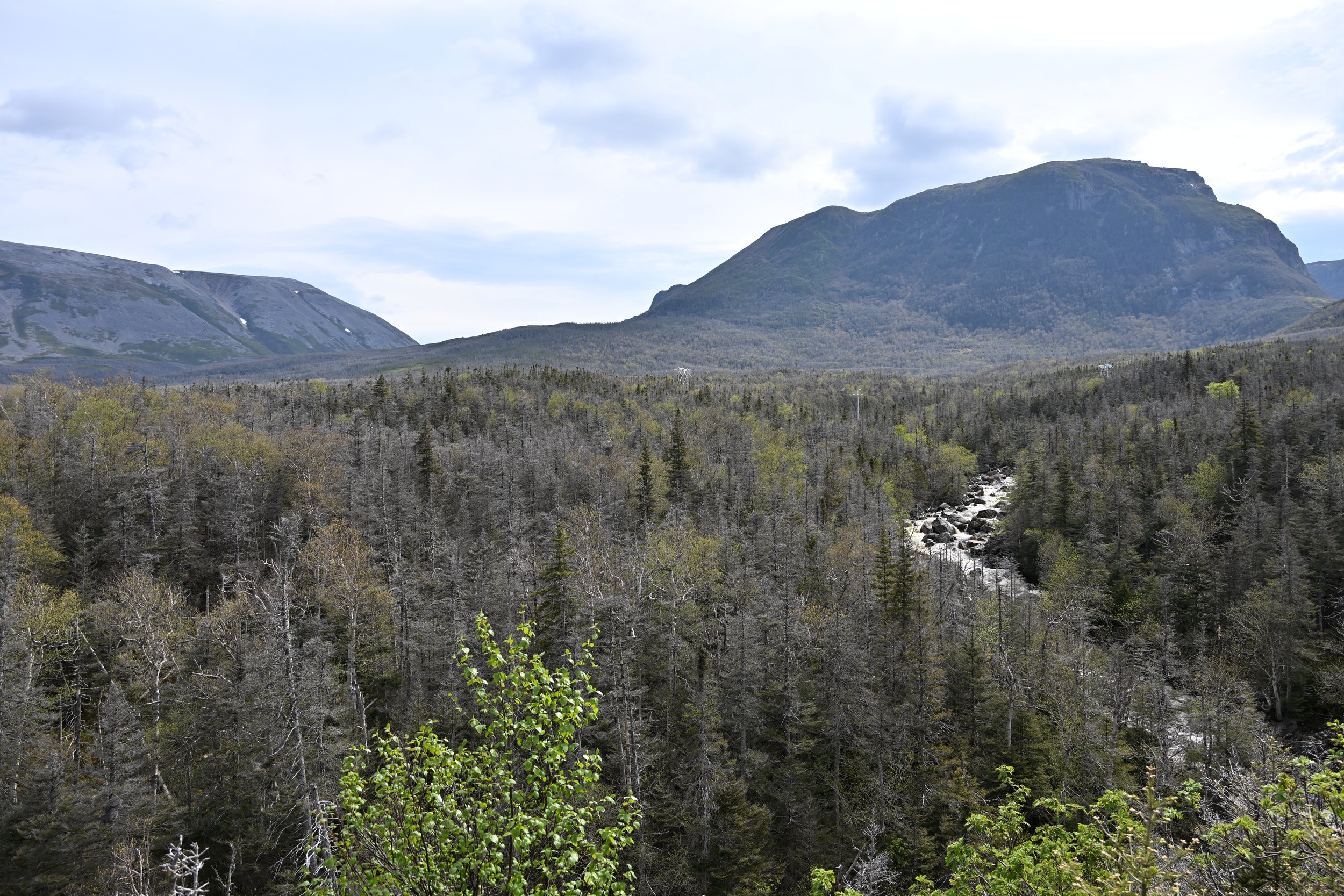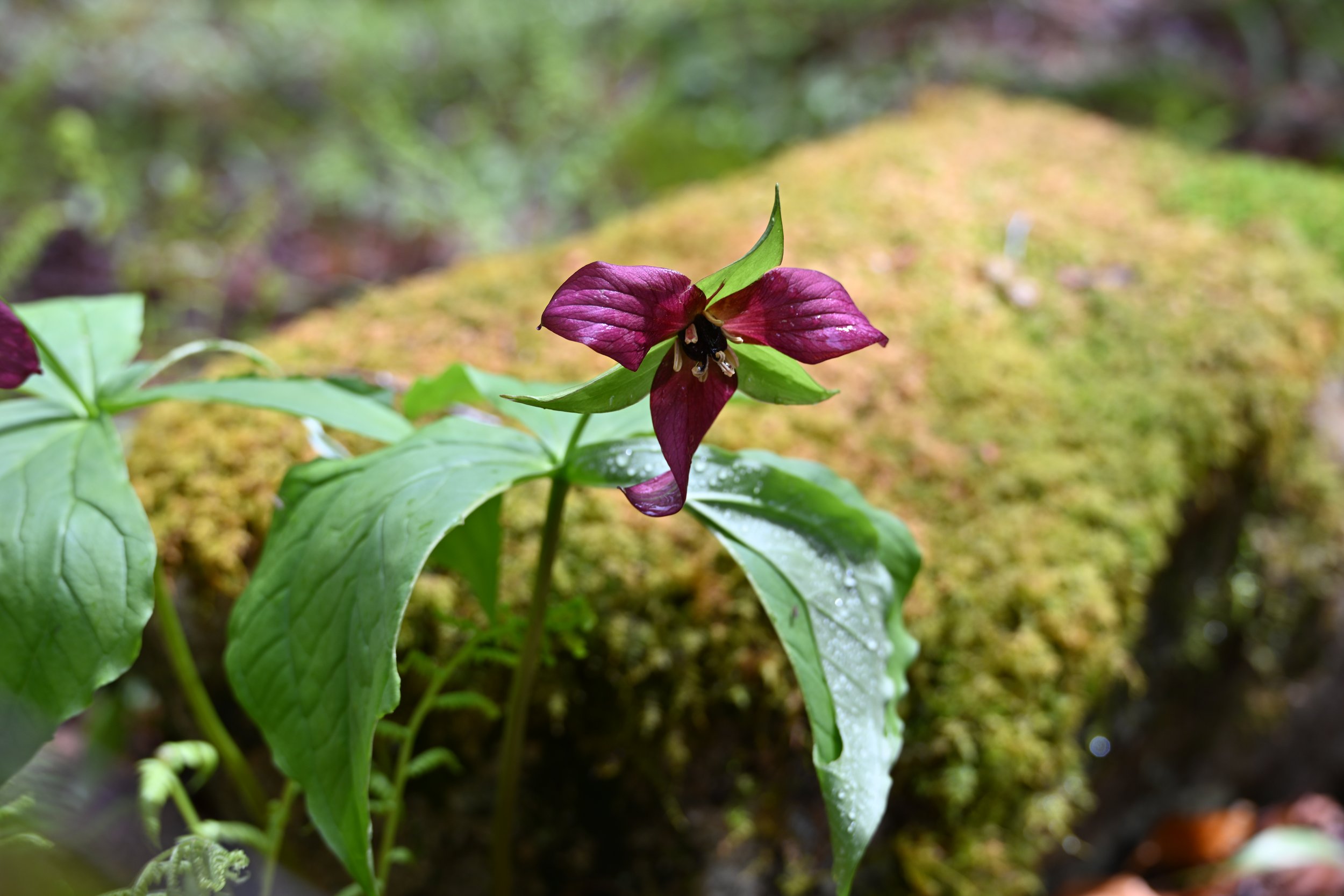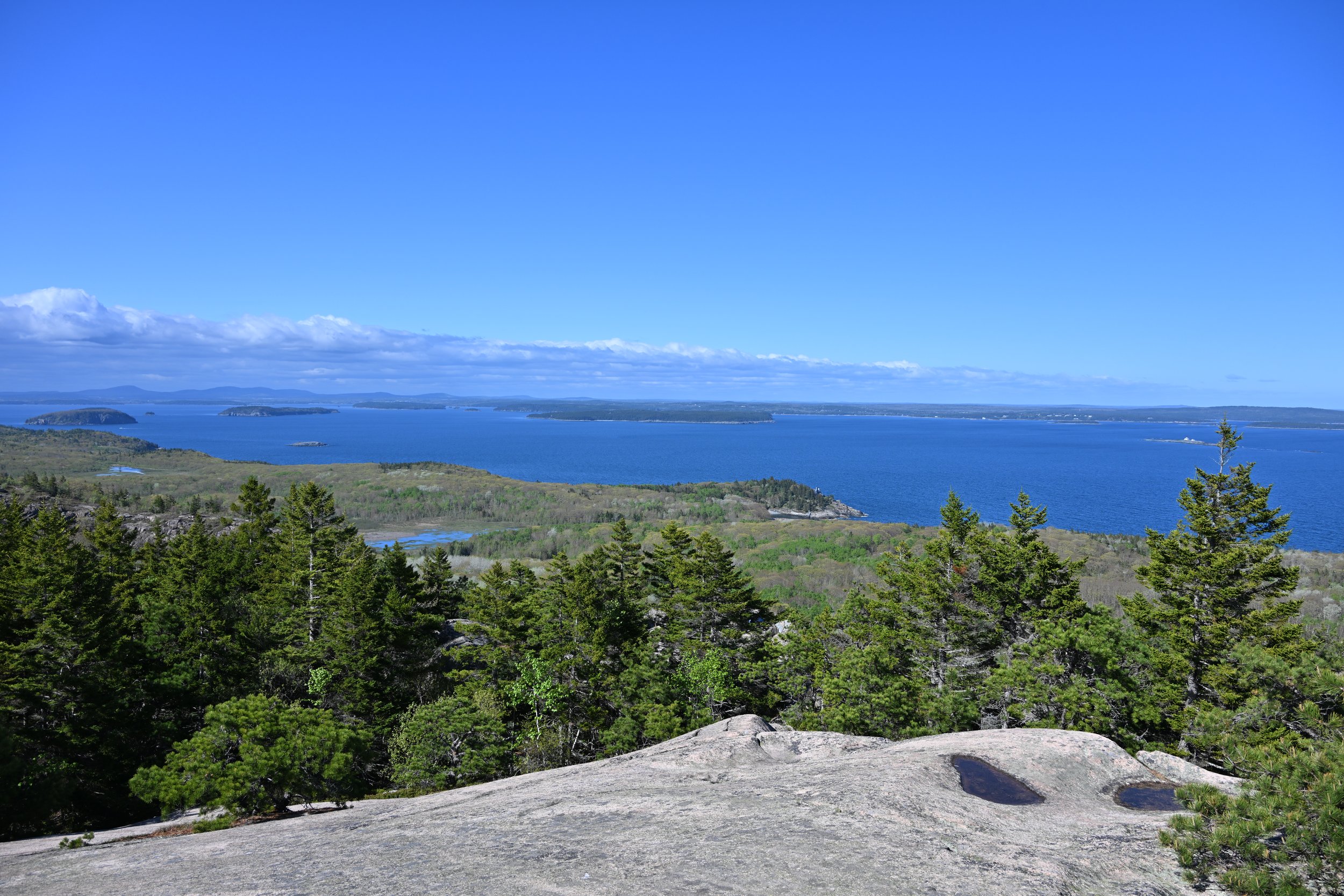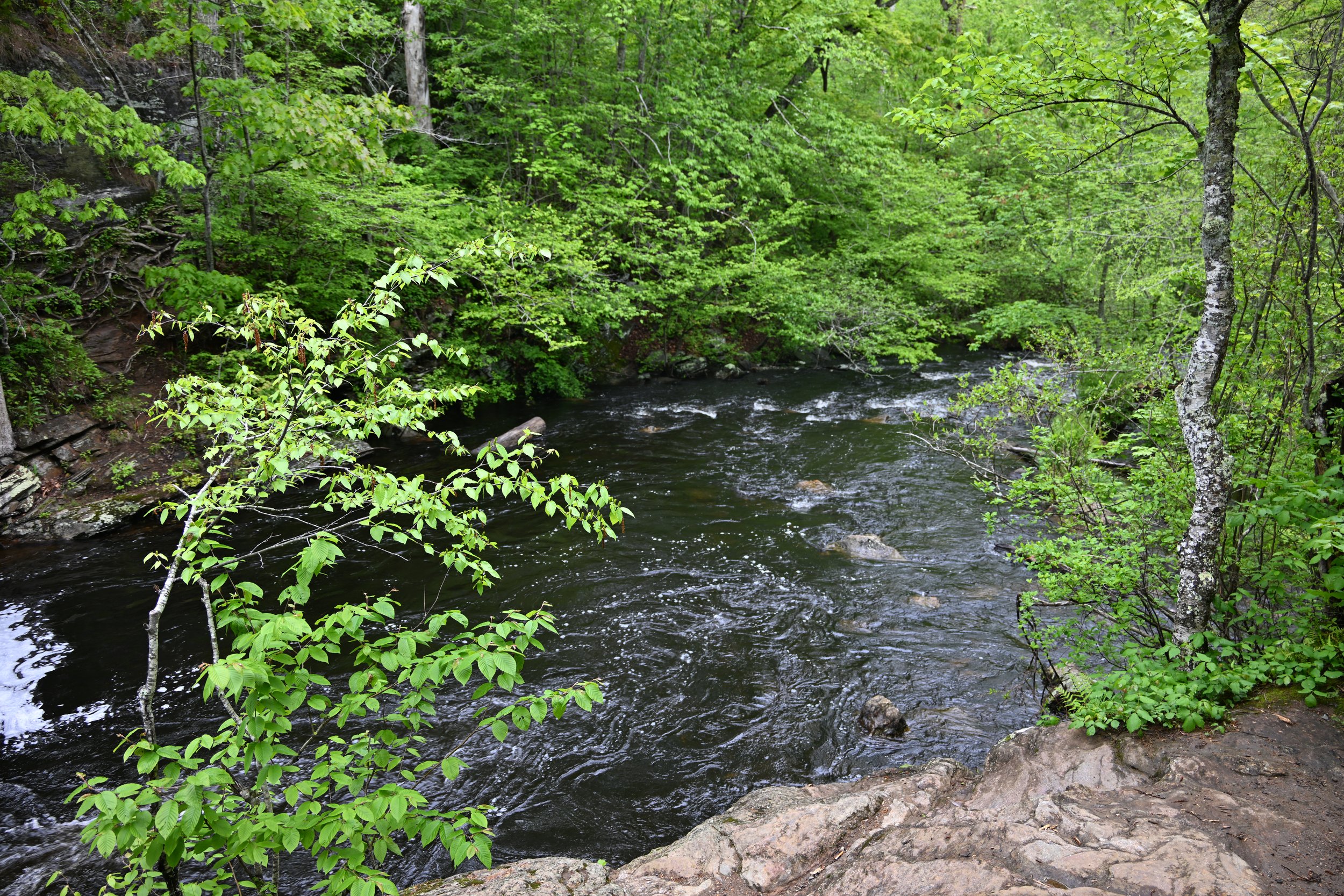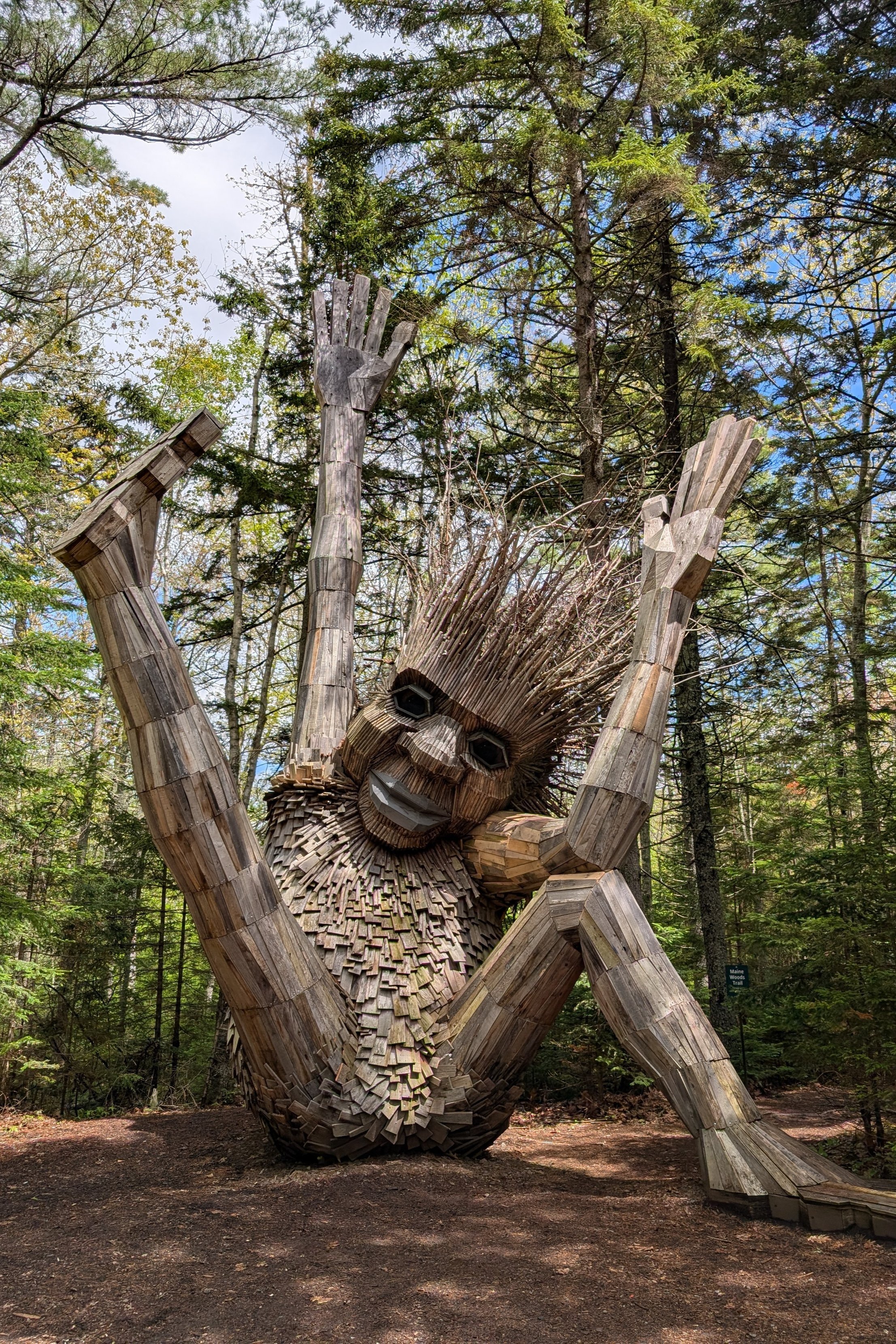St. John's, Newfoundland
St. John’s lies on the east coast of the island and is the province’s capital. We found a hike - the North Head Trail…
see the people as tiny black dots our on the trail?
… that gave us great coastal views…
… as well as views of the harbor -
You can see why the British chose this area to settle in the 1600’s, as the mouth of the harbor is so narrow and easily defensible. The trail clung to the wall..
… so that we had great views all along -
About halfway back, we came to The Battery, a neighborhood that sits at the mouth of the harbor -
As we walked through the narrow streets…
… I spotted an American Herring Gull and her chicks -
It’s not that photogenic, but it was cool to see the city spread out before us, as we climbed Signal Hill -
You can definitely see how it was used for defense -
What a fantastic military position!
The next day we wandered in the city, admiring the “big piles” of stone…
… and brick…
… as well as admiring the brightly painted houses..
… including “Jelly Bean Row” -
We left St. John’s to drive all the way back across Newfoundland (a day and a half!), to get back to the port to catch the overnight car ferry again back to Nova Scotia. Before we said goodbye to this beautiful island, we took one last hike near the west coast. It was the Erin Mountain Trail. On our way up, we saw a number of wildflowers blooming, including Canadian Bunchberry…
… Rhodora…
… which is in the rhododendron family -
The views on top were expansive…
… but not as great as the Pink Lady’s Slipper orchids I found!
Next up — Nova Scotia.



